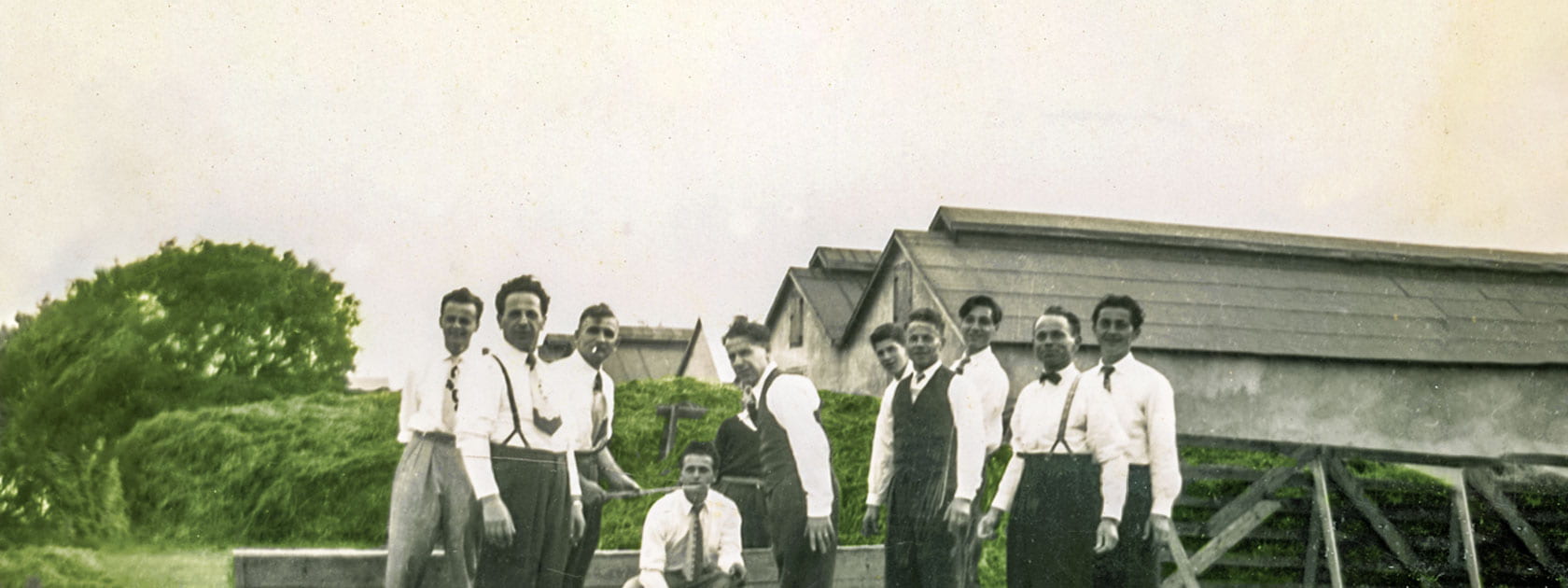Written by Ashley Geddes
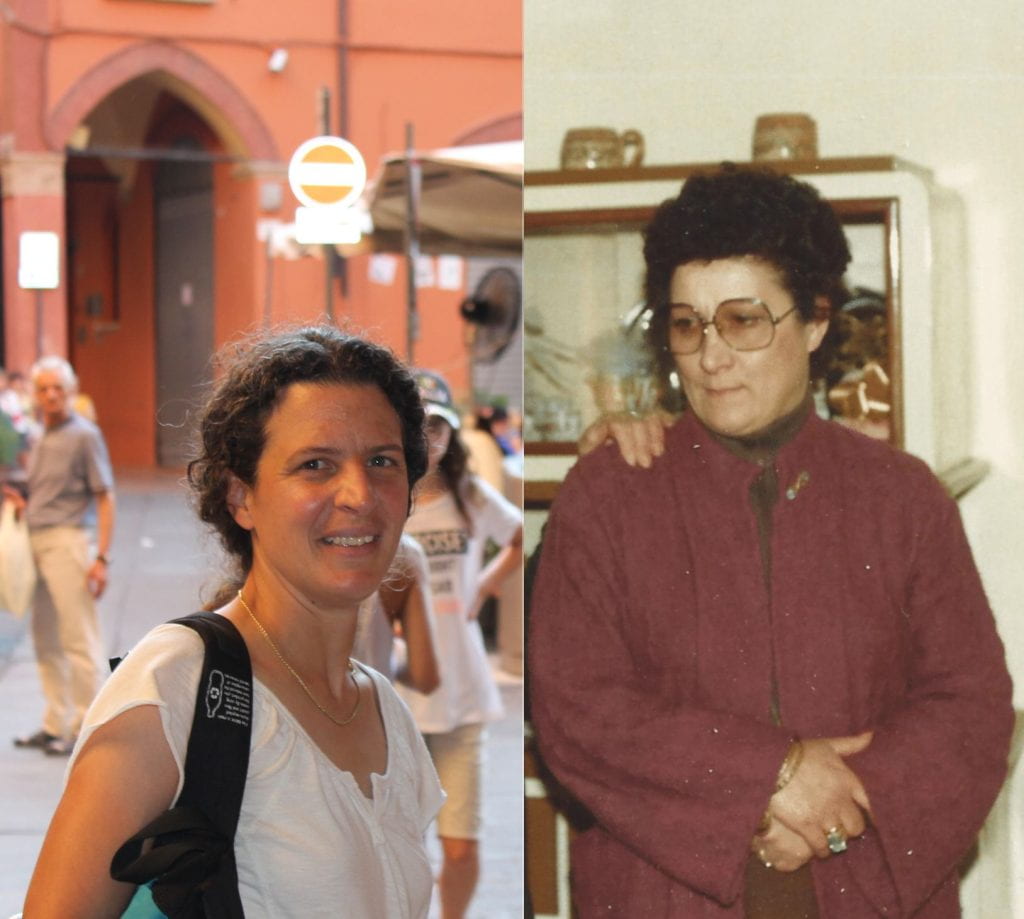
Sonia Dorigo and Lisa Geddes reflect on the immigration of their siblings and parents from Italy to Canada in the 1960s, preserving their stories from the perspective of their closest family members for recollection and study.
Table of Contents
Introduction
Often in discussions of immigration, one focuses on the experiences of those who moved, those who packed up their lives and started over in a foreign place. However, immigration does not just affect these people, it affects everyone around them, too. It influences their family and friends, their sons and daughters, and the relationships between these people.
This contribution to Italian Communities in Canada: Heritage, Cultural and Ethnographic Studies hopes to highlight and preserve two of these stories. Through semi-structured interviews with Sonia Dorigo and Lisa Geddes, I explore the story of Italian Canadian immigrants through the eyes of someone who stayed behind in Italy and someone who was born after in Canada. The following analysis draws connections between these stories and the concept of multiculturalism in Canada. Photos from the private collections of Lisa Geddes and Grace Bolzan are included in a gallery at the end to accompany this narrative.
Interview
The following video contains written transcriptions of two interviews conducted in the fall of 2022 by Ashley Geddes, a student at the University of Guelph.
In collaboration with Dr. Teresa Russo and Dr. Sandra Parmegiani, these interviews were conducted as part of a community engaged learning course on Italian heritage that is interested in firsthand testimony and oral history of Italian Canadian Immigrants, documenting their narratives and the immigration experience from Italy to Canada.
The purpose of this study is to engage in community outreach with Italian Canadian immigrants and to document their stories and experiences of immigration from Italy to Canada. The main focus is to create connections with Italian Canadian immigrant participants who immigrated to South-Western Ontario, to record the personal and in-depth narratives of individuals who are willing to share their reflections and invaluable lived experiences.
The information and artefacts shared in these interviews are used to create an informative and visual report to illustrate the interviewees’ personal stories. This is a means of preserving their experiences specifically and the Italian Canadian immigration experience in general. By documenting these historical items, this project hopes to connect the events of the past with the lived experiences of actual people.
This video takes a slightly different perspective than most other interviews in this study. Rather than interviewing Italian Canadian Immigrants themselves, this video features discussions with the close relatives of Italian Canadian Immigrants. It hopes to record and preserve this outside perspective on the Italian Canadian immigration experience, shared by those whose lives were intimately affected by it but did not experience the journey and displacement of immigration themselves.
Interview One: Sonia Dorigo
In the first interview, Ashley Geddes interviewed her great aunt, Sonia Dorigo. Sonia currently lives in Conegliano, Treviso, Italy. While she never immigrated to Canada, Sonia’s sister, Graziella Bolzan; Graziella’s husband (and Sonia’s brother-in-law), Luigi Bolzan; Sonia’s sister-in-law, Luigia Vettoretto; and Luigia’s husband, Nino Vettoretto all did. Sonia always kept in touch and remained close with her family in Canada.
The interview was conducted on October 11, 2022 in Conegliano in Italian. The interview questions were written in English and translated into Italian by Ashley in Guelph, Ontario, Canada. The questions were then emailed to Patrizia Bolzan, Sonia’s daughter. Due to illness, Patrizia conducted the interview with Sonia over the phone and transcribed Sonia’s responses. Sonia’s responses have been included here both in their original Italian as well as in English. Responses were translated by Ashley. Any typographical or grammatical errors were preserved as received.
Interview Two: Lisa Geddes
In the second interview, Ashley Geddes interviewed her mom, Lisa Geddes. Lisa is the youngest daughter of Graziella and Luigi Bolzan, Sonia’s sister and brother-in-law. Lisa and her two older brothers were born and raised in Guelph, Ontario, Canada.
The interview was conducted on November 5, 2022 in English at Lisa’s childhood home in Guelph. She responded to the questions as she sat in her parents’ bedroom, looking through their old photos and belongings. Lisa was asked the same questions as Sonia in the first interview, but chose to comment on her parents’ communications and relationship with their family for questions 6 and 7 as she believed that was most valuable to their immigration story.
Lisa requested to not have her interview recorded, so her answers were transcribed by Ashley as she spoke. While the transcription is a summary of what Lisa said, it accurately conveys the content and tone of her responses and uses her exact words as much as possible.
During her interview, Lisa often refers to Graziella and Luigi as Nonna and Nonno, respectively, since this is what Ashley calls them. She also refers to Graziella as Grace a few times, as this is the name she went by after moving to Canada.
Transcription and Translation of Sonia Dorigo’s Interview
1. In quale fascia di età/generazione è Lei?
a. 14-25 2000+: La Nuova Generazione Silenziosa/Generazione Z
b. 26-40 1980-2000: I Millennials/Generzione Y
c. 41-55 1965-1979: I Tredici/Generazione X
d. 56-76 1946-1964: I Baby Boomer
e. 76-80 1925-1945: La Generazione Silenziosa
f. 81+ 1900-1924: Generazione G.I.
1. Generazione f.
2. Quali membri della sua famiglia hanno immigrato in Canada? Come sono imparentati con Lei? Quando sono nati?
2. Sono immigrati in Canada 1 sorella (1 settembre 1943) con il marito (23 giugno 1937), una cognata (3 febbraio 1927) con il marito (non so la data).
3. Cosa li ha portato a Canada?
a. Conosceva qualcun altro in Canada prima che loro hanno immigrato?
b. Dove e quando sono arrivati primo?
c. Come hanno viaggiato?
d. Con chi sono andati a Canada?
3. A. Prima sono andati mia cognata col marito e non conoscevano nessuno, poi mia sorella e il marito (fratello di mia cognata).
b. Sono arrivati tutti e 4 a Guelph. Mi pare che mia cognata col marito sono andati nel 1961 e mia sorella col marito sono andati nel 1963.
c. Sono andati in nave
d. Sono andati da soli, ogni coppia da sola.
4. Quanti anni avevano quando hanno immigrato in Canada? Da quale parte d’Italia?
4. Erano molto giovani. Venivano dalla provincia di Treviso, Veneto, Nord Italia.
5. Com’era il loro viaggio in Canada?
a. Si ricorda nessuna storia in particolare?
5. Ricordo che avevano trovato una situazione economica migliore di quella italiana e vedevo che avevano benessere.
6. Vi siete scritti delle lettere nel corso del tempo? In che altri modi vi siete tenuto in contatto?
a. È disposto a permettere che quelle lettere siano trascritte, studiate, e messe a disposizione della comunità più ampia?
6. Si, i primi anni ci scrivevamo, poi abbiamo usato il telefono per comunicare. Abbiamo anche viaggiato con l’aereo, a volte venivano loro, a volte andavo io.
a. Non ho più le lettere, purtroppo.
7. Com’è cambiata la vostra relazione quando hanno immigrato in Canada?
7. La nostra relazione, soprattutto con la sorella, é sempre stata molto forte.
8. Qual era la sua impressione della vita in Canada?
a. È cambiata la sua impressione nel corso degli anni?
8. Una buona impressione. Benessere e tranquillità.
9. Ha nessuna foto o effetto personale di loro?
a. È disposto a fotografare e condividere alcuni di loro con noi?
b. È disposto a permettere che siano studiati e messi a disposizione della comunità più ampia?
9. Credo di avere qualche foto.
a. Si, sono disposta, spero di trovare qualche vecchia foto.
b. Certo.
10. Vuole che qualcosa sia stata fatta in modo diverso?
10. La vita spesso va come deve andare. Va bene come é andata perché siamo stati tutti bene, anche se lontani ci siamo sempre sentiti vicini, una famiglia unita.
11. C’è qualcos’altro che vuole aggiungere a questa storia?
11. Purtroppo loro non ci sono più e mi mancano molto.
1. What age group/generation are you in?
a. 14-25 2000+: New Silent Generation/Generation Z
b. 26-40 1980-2000: Millenials/Generation Y
c. 41-55 1965-1979: Thirteeners/Generation X
d. 56-76 1946-1964: Baby Boomers
e. 76-80 1925-1945: Silent Generation
f. 81+ 1900-1924: G.I. Generation
1. Generation f.
2. Which family member(s) immigrated to Canada? What was their relation to you? When were they born?
2. 1 sister (September 1, 1943) and her husband (June 23, 1937), a sister-in-law (February 3, 1927) with her husband (I don’t know his birthday) immigrated to Canada.
3. What brought them to Canada
a. Did you know anyone else in Canada before they moved?
b. Where and when did they first arrive
c. How? (Means of transit)
d. Who did they go with?
3. A. First my sister-in-law and her husband went and they did not know anybody, then my sister and her husband (the brother of my sister-in-law) [went].
b. All four of them arrived in Guelph. I think my sister-in-law and her husband went in 1961 and my sister and her husband went in 1963.
c. They travelled by boat
d. They went alone, each couple on its own.
4. How old were they when they immigrated to Canada? From which part of Italy?
4. They were very young. They came from the Province of Treviso, Veneto, North Italy.
5. What was their journey to Canada like?
a. Do any particular stories stand out to you?
5. I remember that they had found a better economic situation than that in Italy and I saw that they had lived well.
6. Did you exchange letters over the years? How else did you keep in touch?
a. Would you be willing to allow those letters to be transcribed, studied, and made available to the wider community?
6. Yes, the first few years we wrote to each other, then we used the telephone to communicate. We also travelled by plane, sometimes they came, sometimes I went.
a. I don’t have the letters anymore, unfortunately.
7. How did your relationship change when they moved to Canada?
7. Our relationship, especially with my sister, has always been very strong
8. What was your impression of life in Canada?
a. Did this impression change over the years?
8. A good impression. One of well-being and calm.
9. Do you have any items of importance from them? (i.e. photos, heirlooms, mementos)
a. Would you be willing to share some of them with us (photographed)?
b. Would you be willing to allow them to be studied and made available to the wider community?
9. I think I have some photos.
a. Yes, I am willing, I hope I find some old photos.
b. Of course.
10. Is there anything you wish had been done differently?
10. Life often goes how it should. It’s okay how it went because we were all well, even though we were far away we always felt close, a united family.
11. Is there anything further you would like to add to this story?
11. Unfortunately they are not here anymore and I miss them a lot.
Summary of Lisa Geddes’s Interview
Analysis
In this narrative created by Sonia and Lisa, an interesting commentary on multiculturalism within Canada arises as well. The concept of multiculturalism, the coexistence celebration of different cultures and traditions, is an important part of Canada’s national identity. It is so important, in fact, that it is protected with the Canadian Multicultural Act of 1985. However, multiple points mentioned by Sonia and Lisa suggest that Canada may be closer to an intercultural or transcultural society than a truly multicultural one.
When Grace and Luigi moved to Canada, they quickly worked to become fluent in English. Even at home, Lisa says, they mostly spoke English and didn’t make sure that their children learned Italian. They seemed to take on the “we are in Canada, and here we speak English” mentality that many immigrants feel pressured to adopt upon arriving, which is more of an intercultural value than true multiculturalism.
Graziella also legally changed her name to Grace when she moved to Canada and, unlike many of her other siblings, adopted the North American tradition of changing her last name to match her husband’s instead of the Italian tradition of keeping her maiden name. This battle between her Italian identity and her Canadian one never quite faded. Even throughout these interviews, the interviewees and I struggled with whether to use her Italian or Canadian name when referring to her and switched between the two frequently.
I purposefully left this inconsistency in the interview transcriptions as it appeared, as I feel it highlights an important aspect of the identity struggle many immigrants experience between their two selves. However, a truly multicultural society should not make you forge a new identity to assimilate into the greater culture. It should allow you to integrate into this culture while celebrating the differences and traditions that make you who you are.
Reflection
This project was my first time performing an interview, and it was an incredibly rewarding experience. It is amazing to know my work has helped preserve two first-hand accounts of the Italian Canadian immigration experience that people will be able to reference and study years in the future.
This experience also provided the opportunity to develop many new skills. I learned how to organize an event through professional email correspondence and how to effectively communicate the goals and methods of a project to new people. I had to adapt quickly to surprising developments, like when Patrizia contracted COVID-19 and was unable to meet with Sonia to perform a video interview as originally planned. We quickly shifted focuses from a video interview to a transcribed video and used photos from private collections to accompany the narrative. Sonia’s interview provided my first official experience translating content from Italian to English, and Lisa’s interview was my first opportunity transcribing an oral report. I learned a lot from both of these experiences and hope to be able to further develop the skills and strategies I developed here to new projects in the future.
Perhaps the most meaningful moment of this project was communicating with my great aunt, Sonia, and her daughter, Patrizia, in Italy to coordinate Sonia’s interview. Growing up, I didn’t know any Italian and had to rely on bilingual relatives to communicate with my extended family. Three years ago, however, I started learning Italian and it was such an emotional moment when I sent my first email to Patrizia. This was the first time I had directly talked with her in Italian without someone else to translate. Being able to communicate with my family has always been my primary motivation to learn Italian, and this project helped me realize how far I’ve come in pursuit of this goal.
Gallery
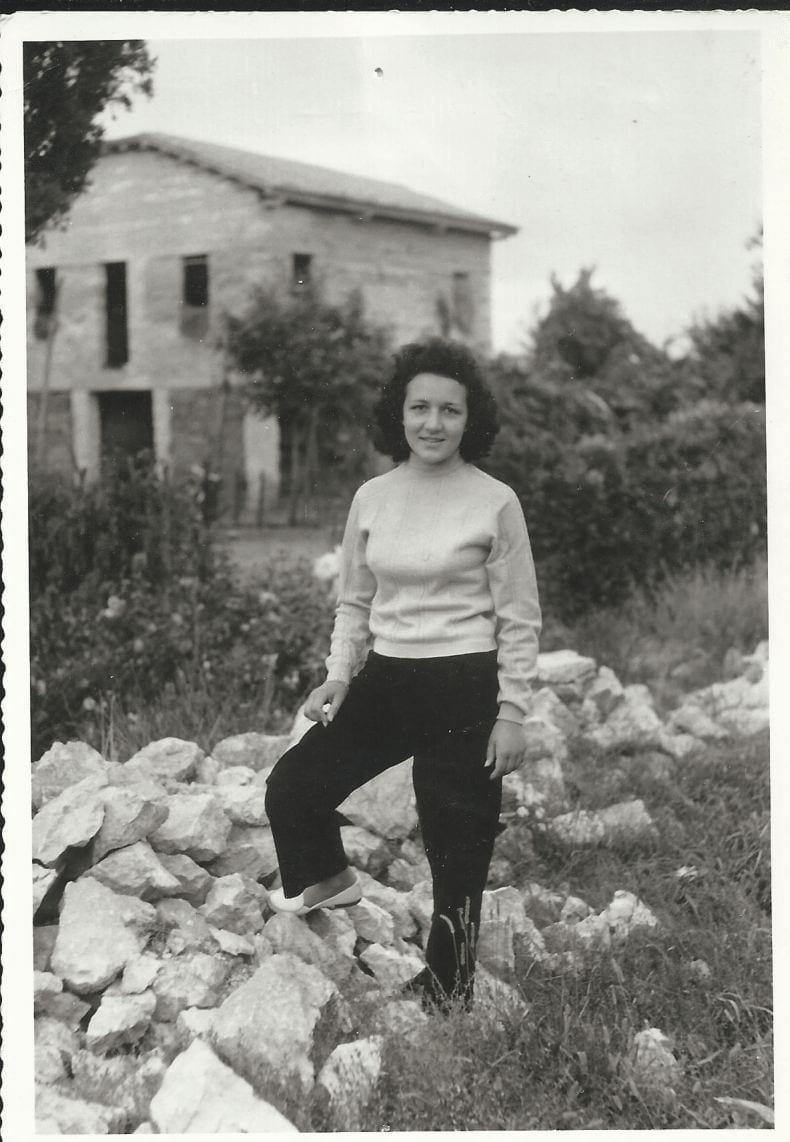
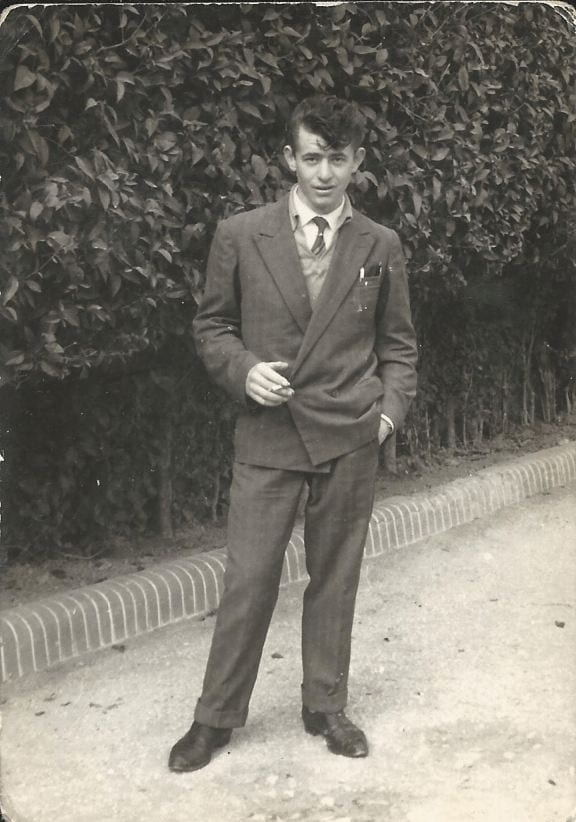
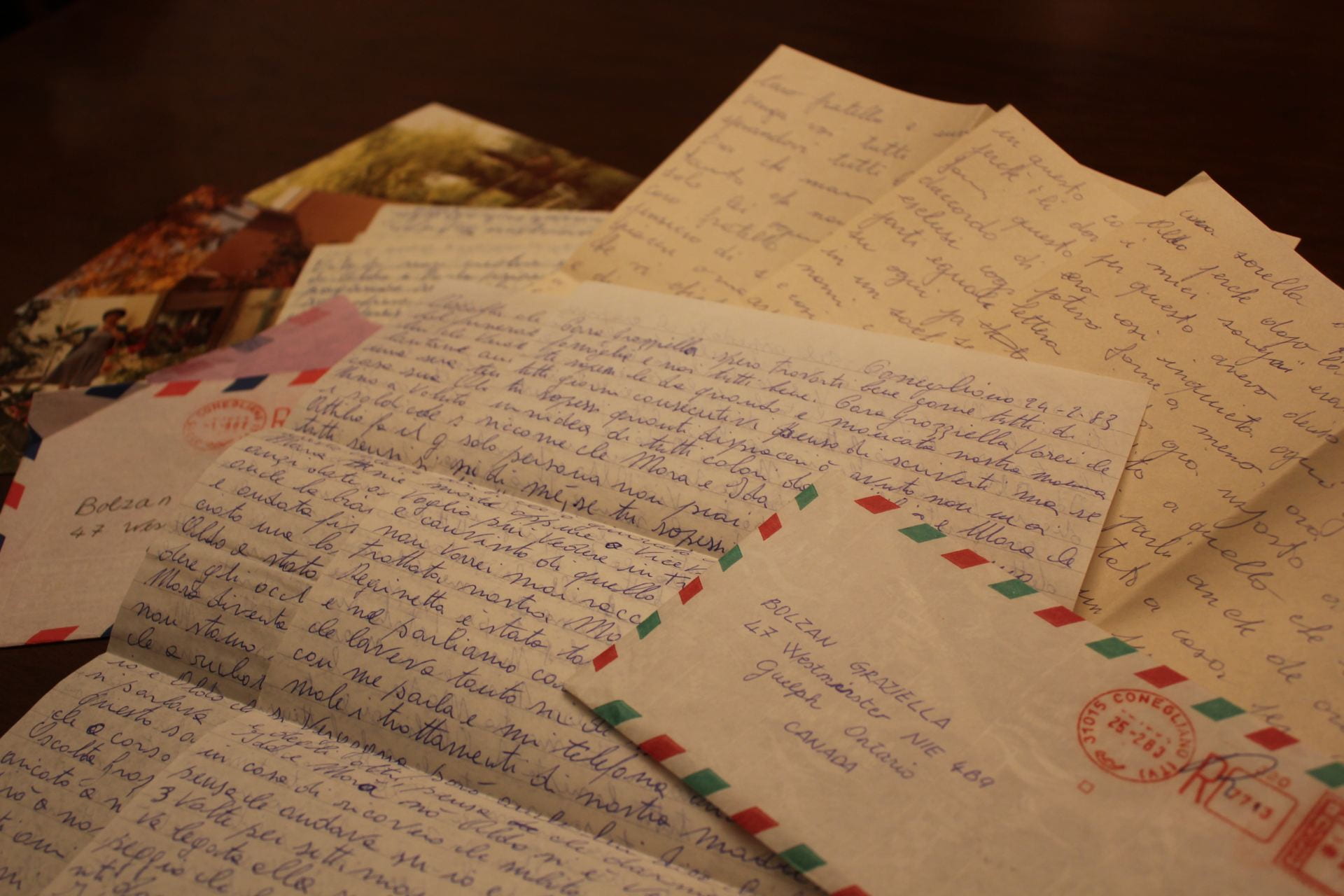
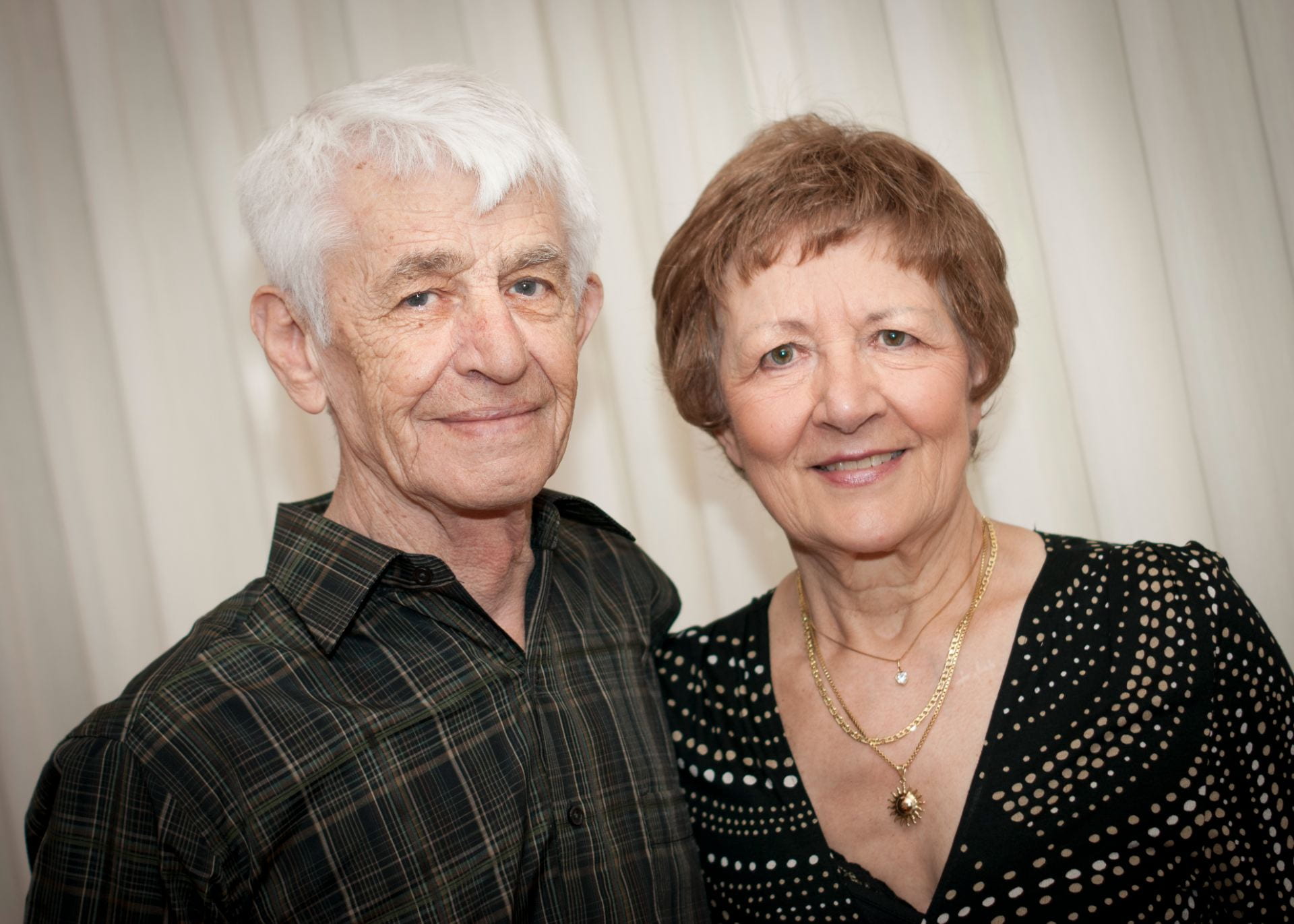
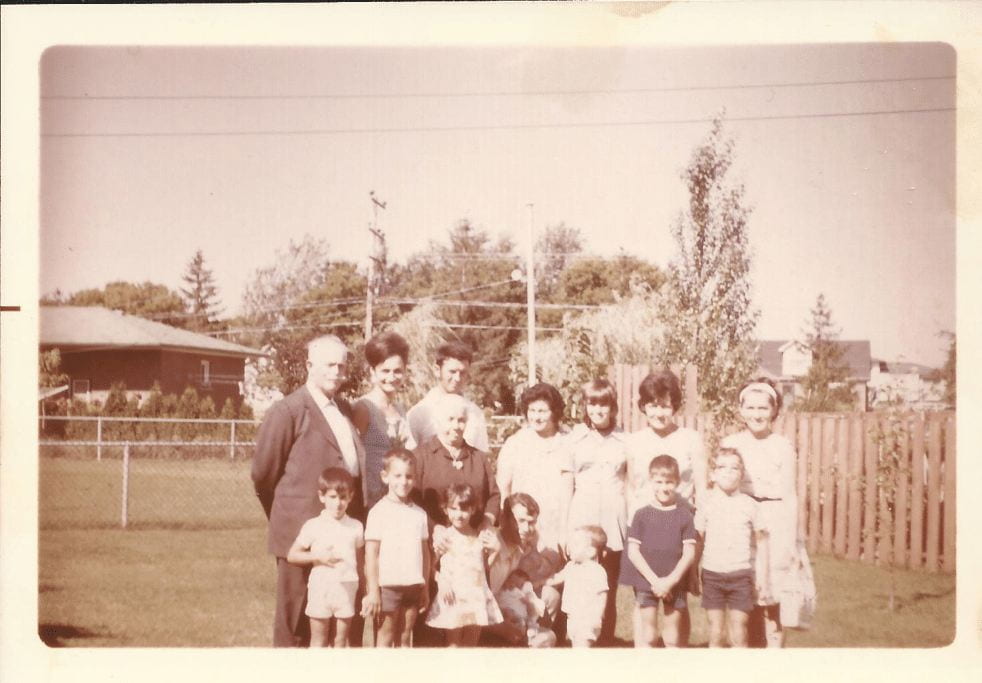
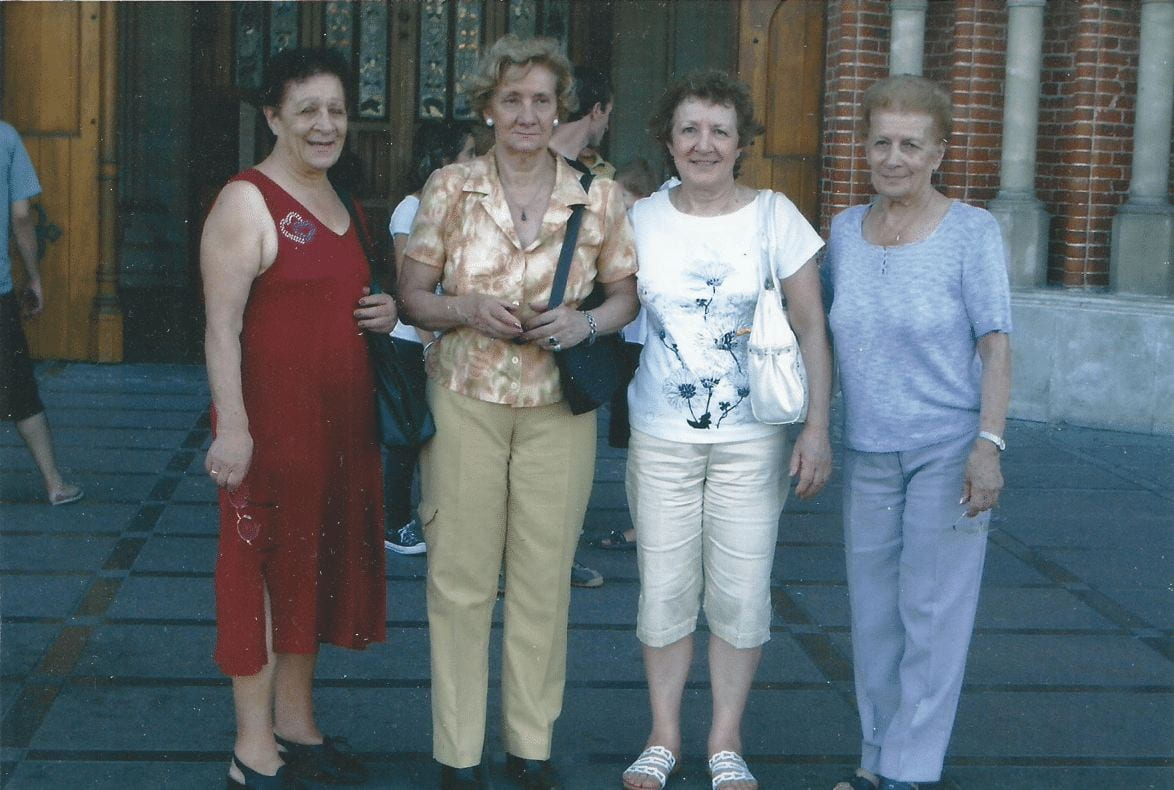
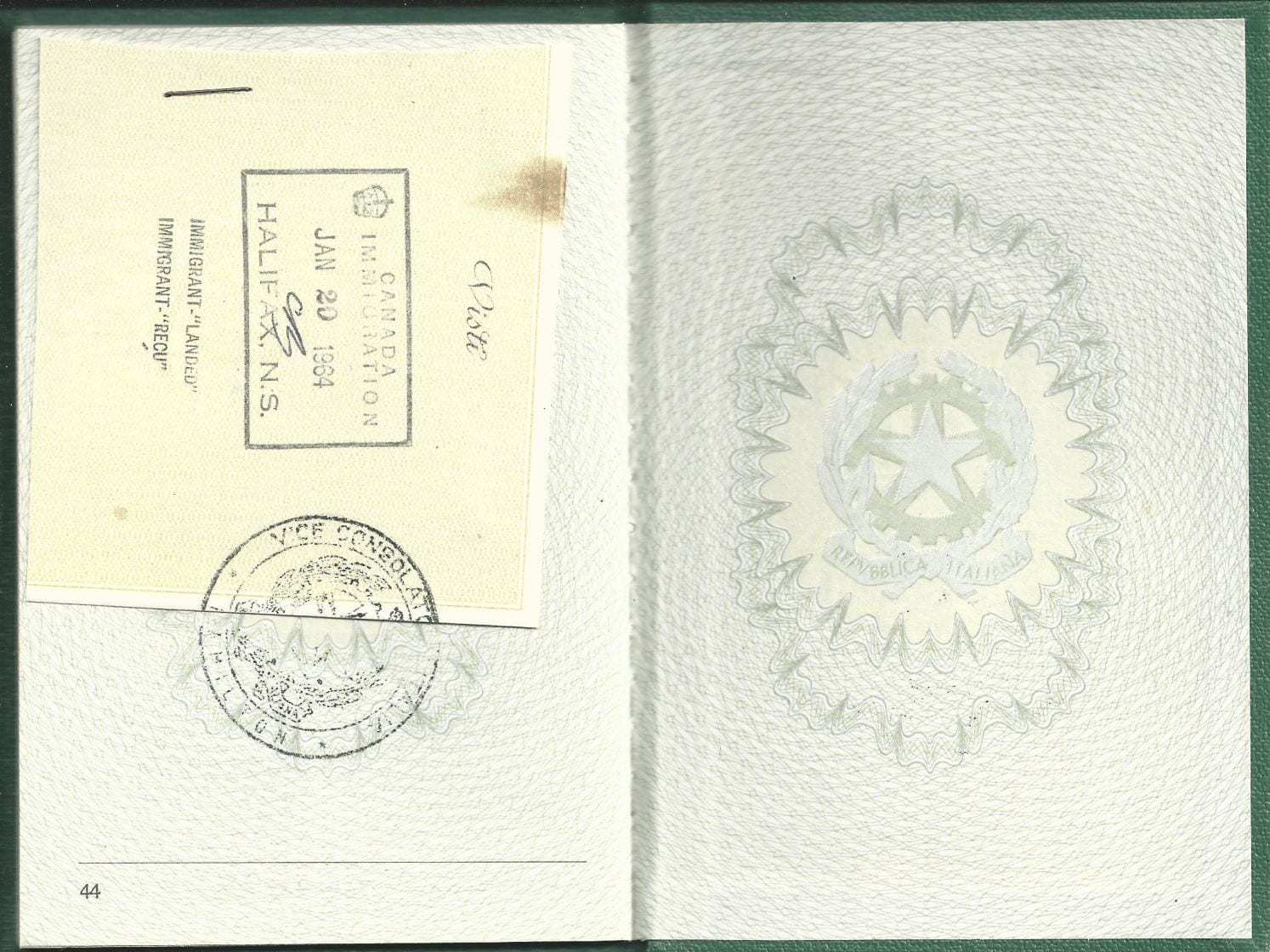
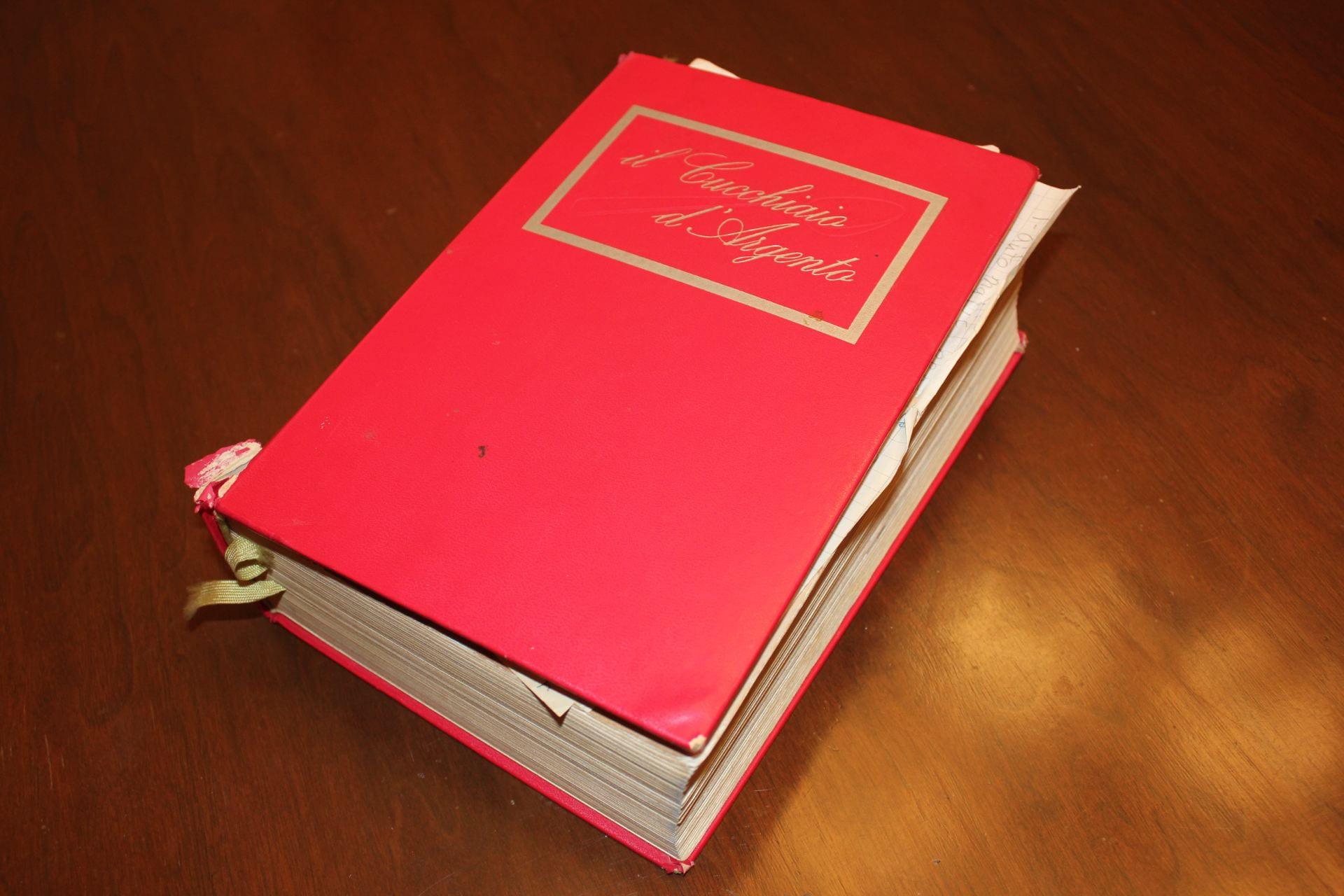

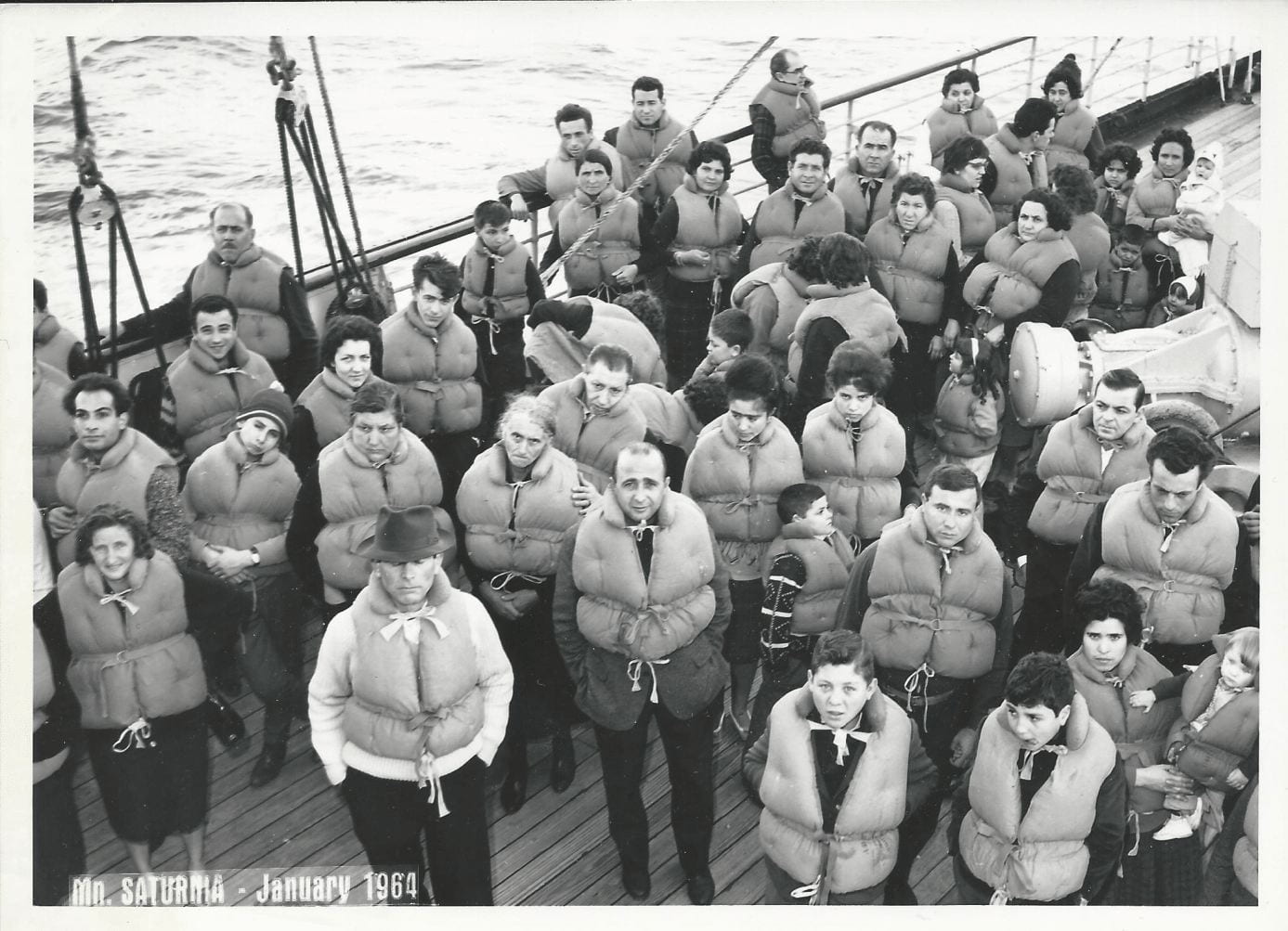
Bibliography
All photographs included have been approved for sharing from the private collection of Grace Bolzan (courtesy of Lisa Geddes) or from the private collection of Lisa Geddes.
Geddes, Ashley. “Immigration from an Outside Perspective.” YouTube. 28 November 2022. https://youtu.be/v0ZNubf4214; access at Italian Communities in Canada: Heritage, Cultural and Ethnographic Studies as of November 2022, www.italianheritage.ca.
How to cite this page:
MLA STYLE: Author. “Title.” Title of container, Other contributors, Number (vol. and/or no.), Publisher, Publication Date, Location (pages, paragraphs and/or URL, DOI or permalink). 2nd container’s title, Other contributors.
Geddes, Ashley. “Immigration from an Outside Perspective: Reflections of a Sister and a Daughter of Italian Canadian Immigrants.” In Italian Communities in Canada: Heritage, Cultural and Ethnographic Studies, suprv. Teresa Russo. University of Guelph: November 28, 2022, Guelph (add URL). Italian-Canadian Narratives Showcase (ICNS), Sandra Parmegiani and Kyra Bates.


